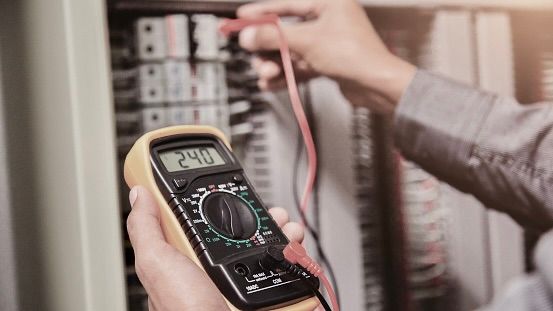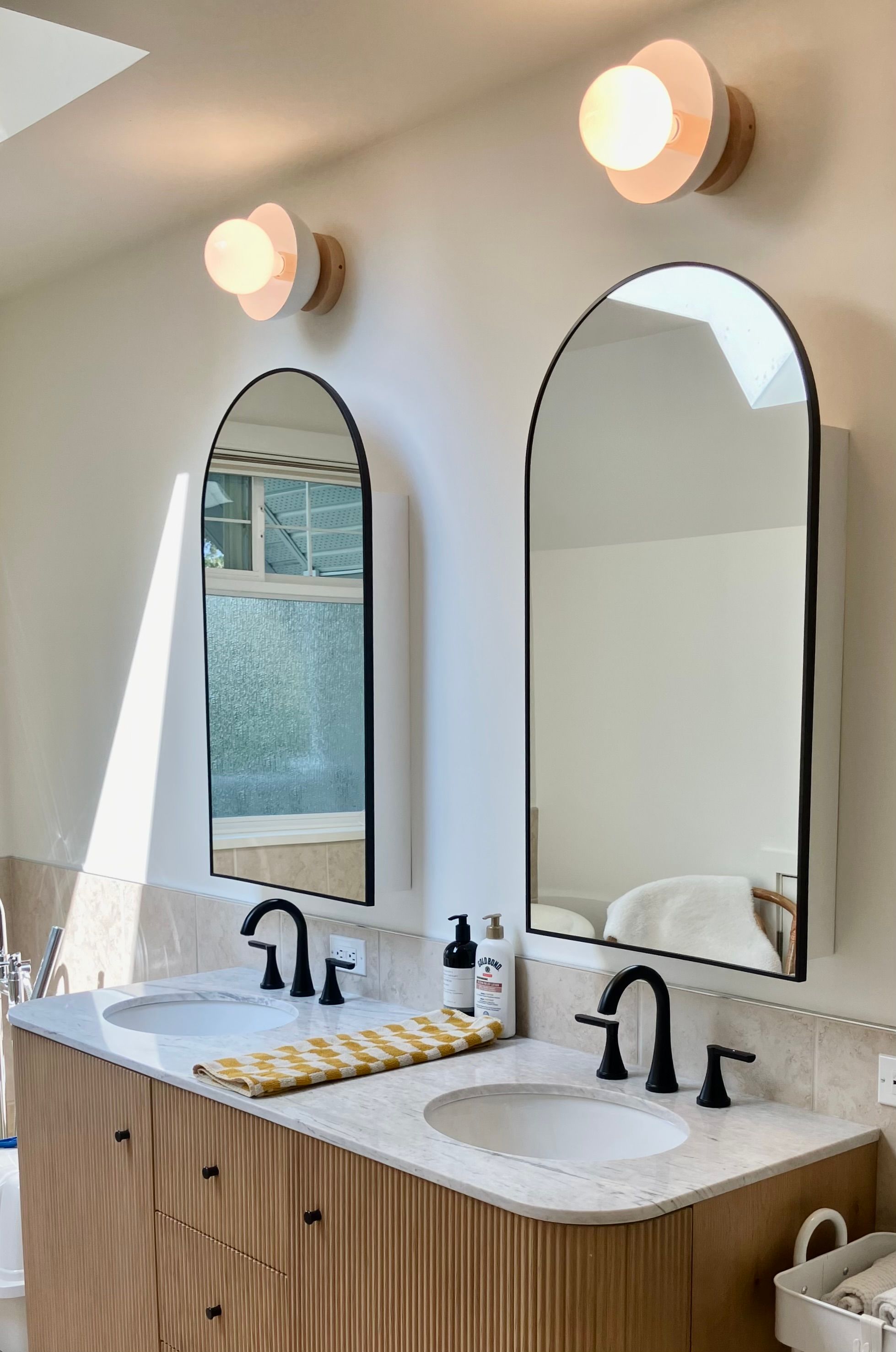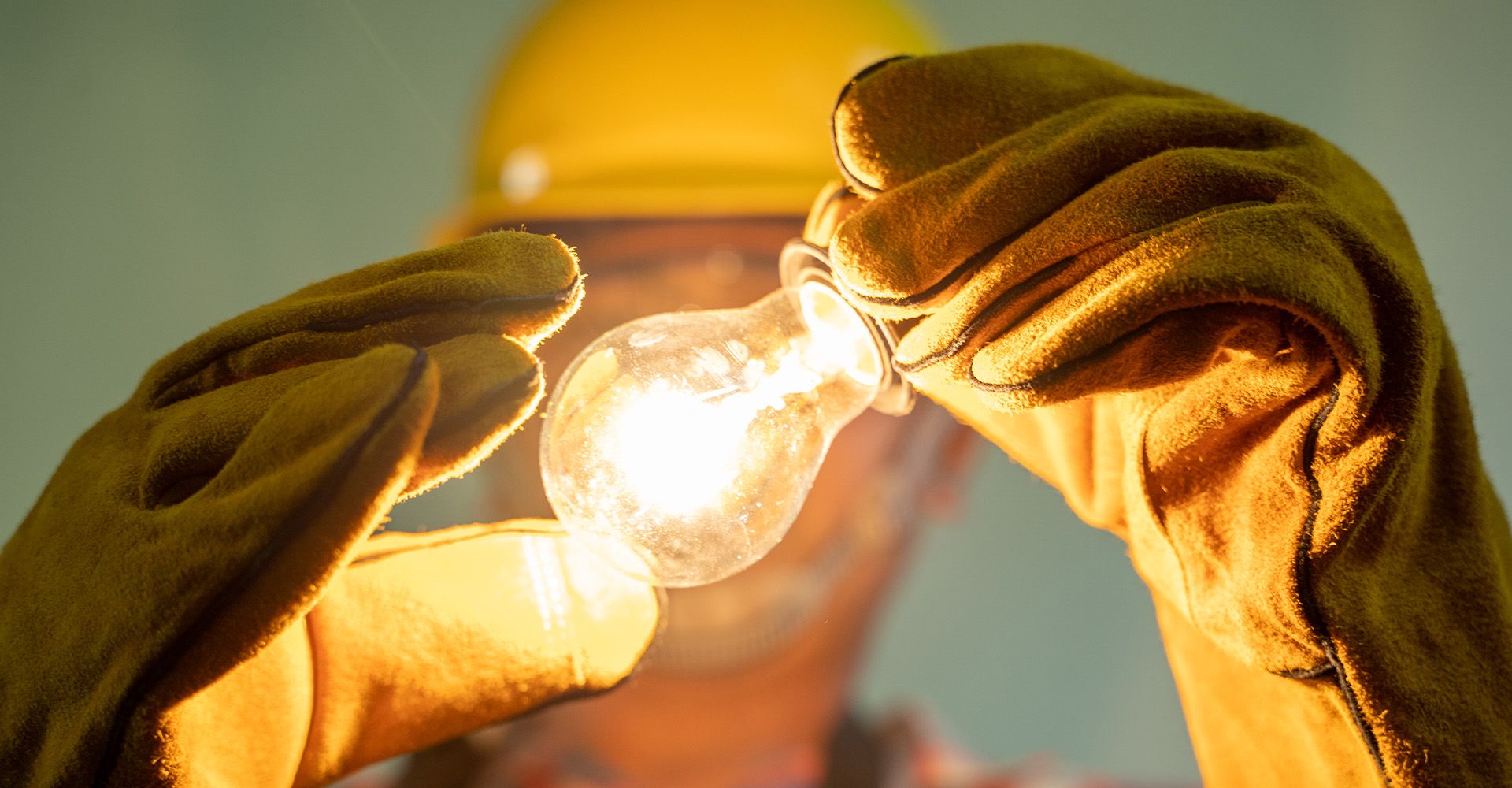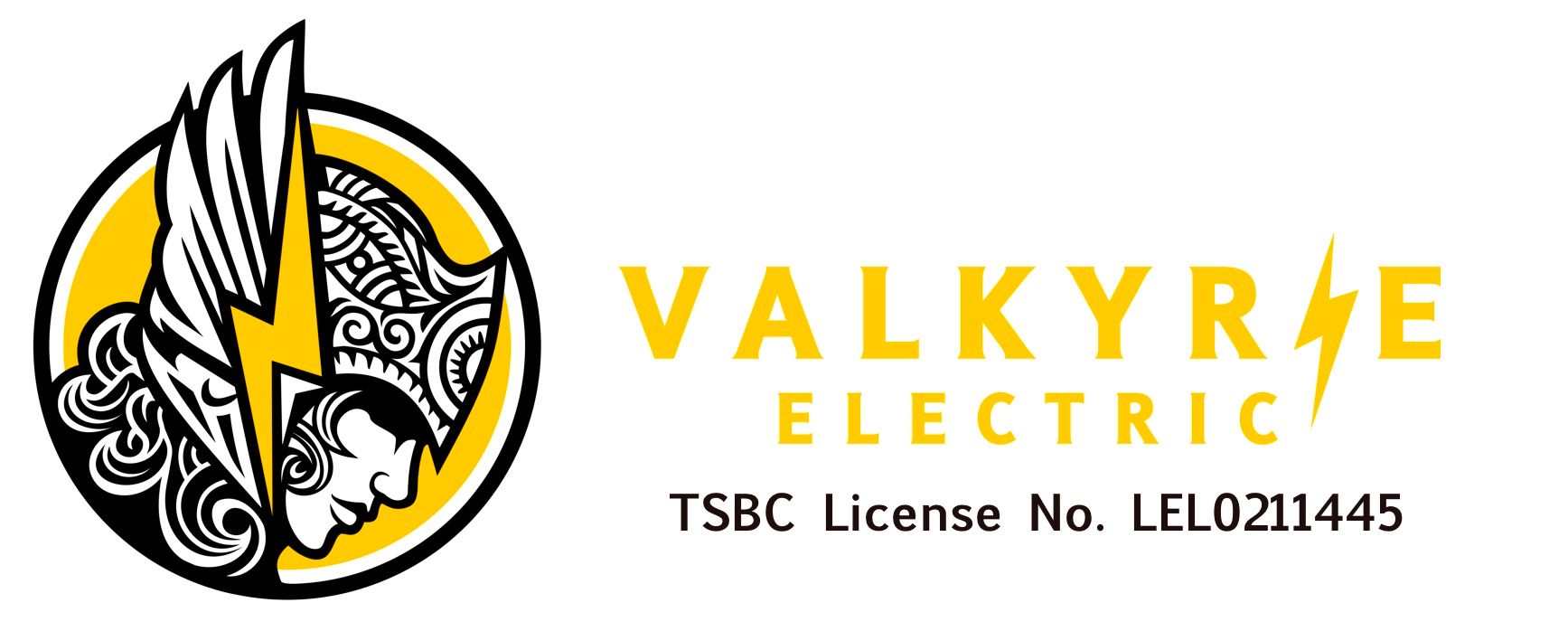Being a homeowner means rolling up your sleeves for a little DIY, learning how to maintain your home, and being strategic about what to invest in your property. With today's cost of living, we could all use a little bit of free advice, right? So here's our basis electrical know-how 101.
Basic Electrical Know-How 101
Basic Electrical Know-How 101

Resetting a Tripped Circuit Breaker
If a circuit breaker trips, it’s likely just doing its job protecting the circuit. Reasons for a tripped breaker can include too many appliances plugged in and running at once, a loose connection, or bad wiring. Breakers are the first line of defence in a home’s electrical system. If a breaker can’t be reset, it’s time to call in the professionals. How to identify a tripped breaker? Look for a breaker that is out of line or offset from all the other breakers. How to reset the breaker? Here’s where most people get “tripped” up. First, turn the breaker all the way to the “off” position, then push it to the “on” position.

Resetting a GFCI Receptacle
You can expect to have GFCI receptacles somewhere in your home. Common locations include bathrooms, kitchens, and outdoor receptacle locations. If you’re scratching your head wondering why all of sudden there is no power somewhere in your home, checking for tripped GFCI receptacles is a good place to start. A GFCI receptacle stands for “Ground Fault Circuit Interrupter” and their primary job is to keep you safe in areas where electricity and water are likely to mix. If the receptacle won’t reset, then there is an electrical hazard present that needs to be repaired, or the receptacle may need replacing.

Purchasing Matching Lightbulbs
This might seem like an odd know-how tip, but we think it makes the list. With the change from incandescent to LED light bulbs over the last couple years there has been some major confusion and the result is often a kaleidoscope of light bulb colours in every home. Here’s what you need to know. All LED light bulbs will be labeled with a colour temperature ranging anywhere from 2700K to 5000K. “K” is short for “Kelvin,” which defines the colour temperature of light, indicating whether a light source appears warm or cool. A good example is that working places often have “cooler” lighting closer to the 5000K range. Living spaces like the inside of homes often have “warmer” lighting closer to the 2700K range. The industry standard for a comfortable lighting temperature inside a home is 3000K.
CALL VALKYRIE ELECTRIC TODAY
Time for an update? Tell us about it! Valkyrie Electric specializes in residential renovations. Big or small, we do it all. If your home has wires, we’ve got you covered. Serving Victoria and the Westshore. Get an estimate today!
